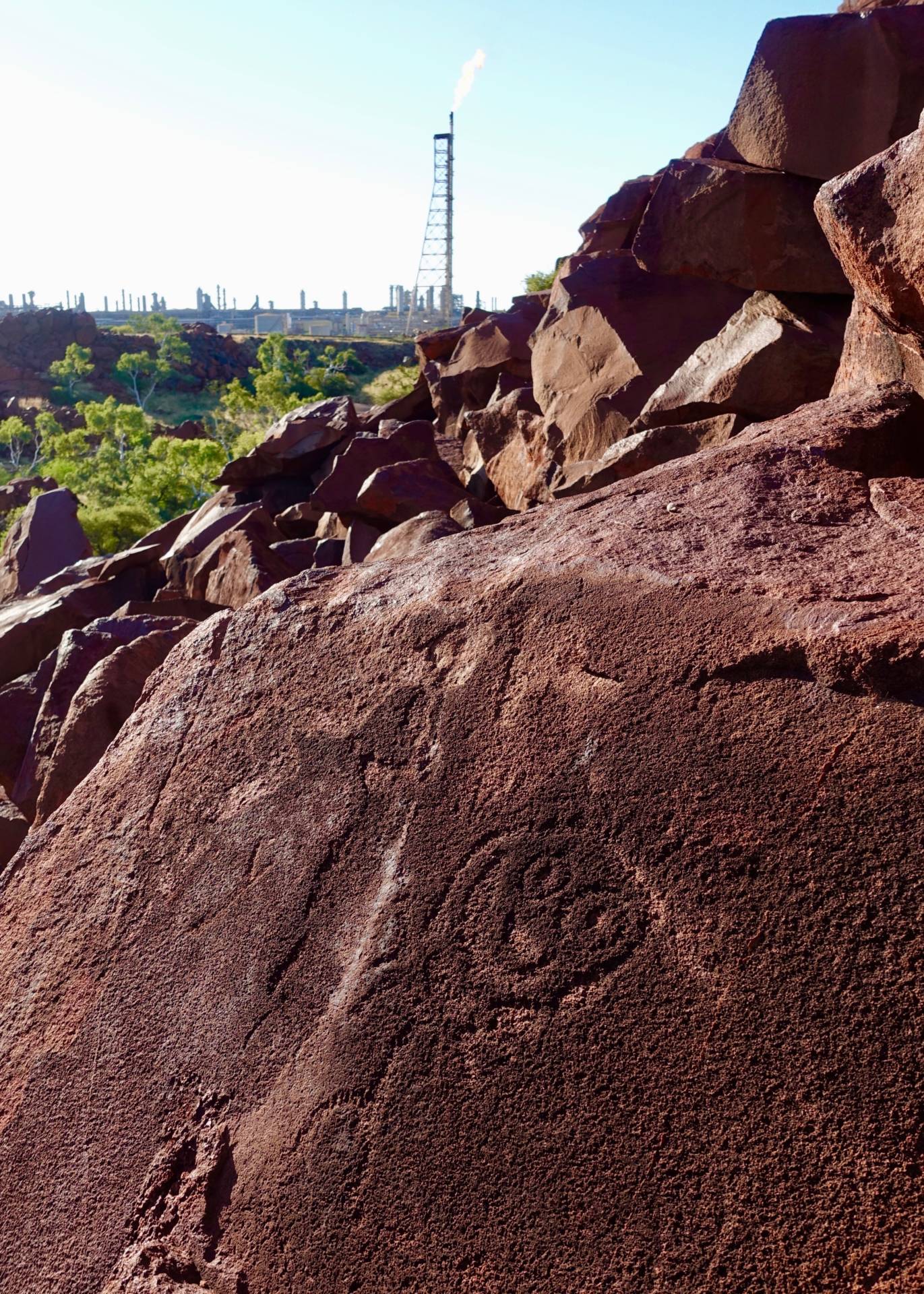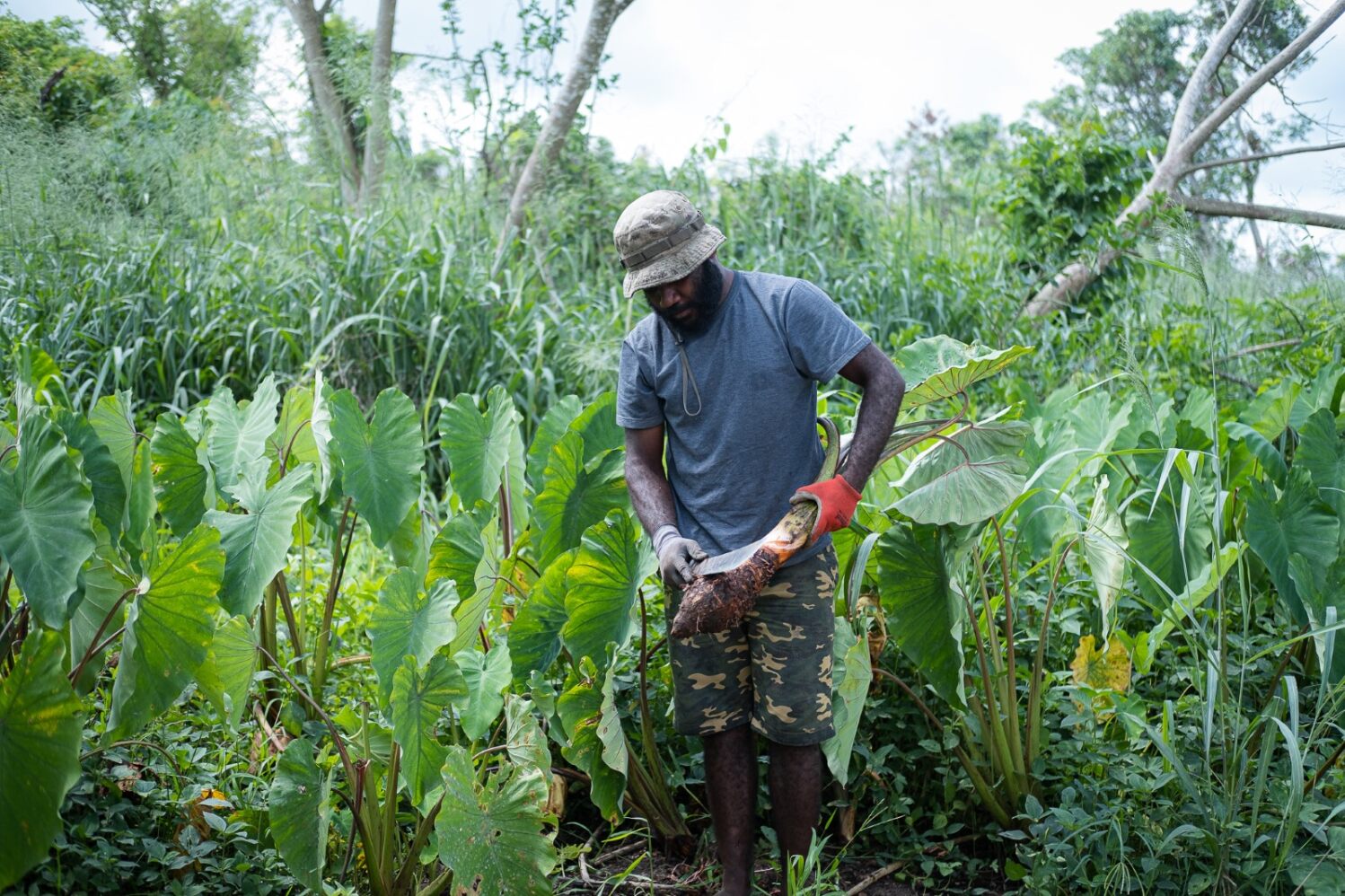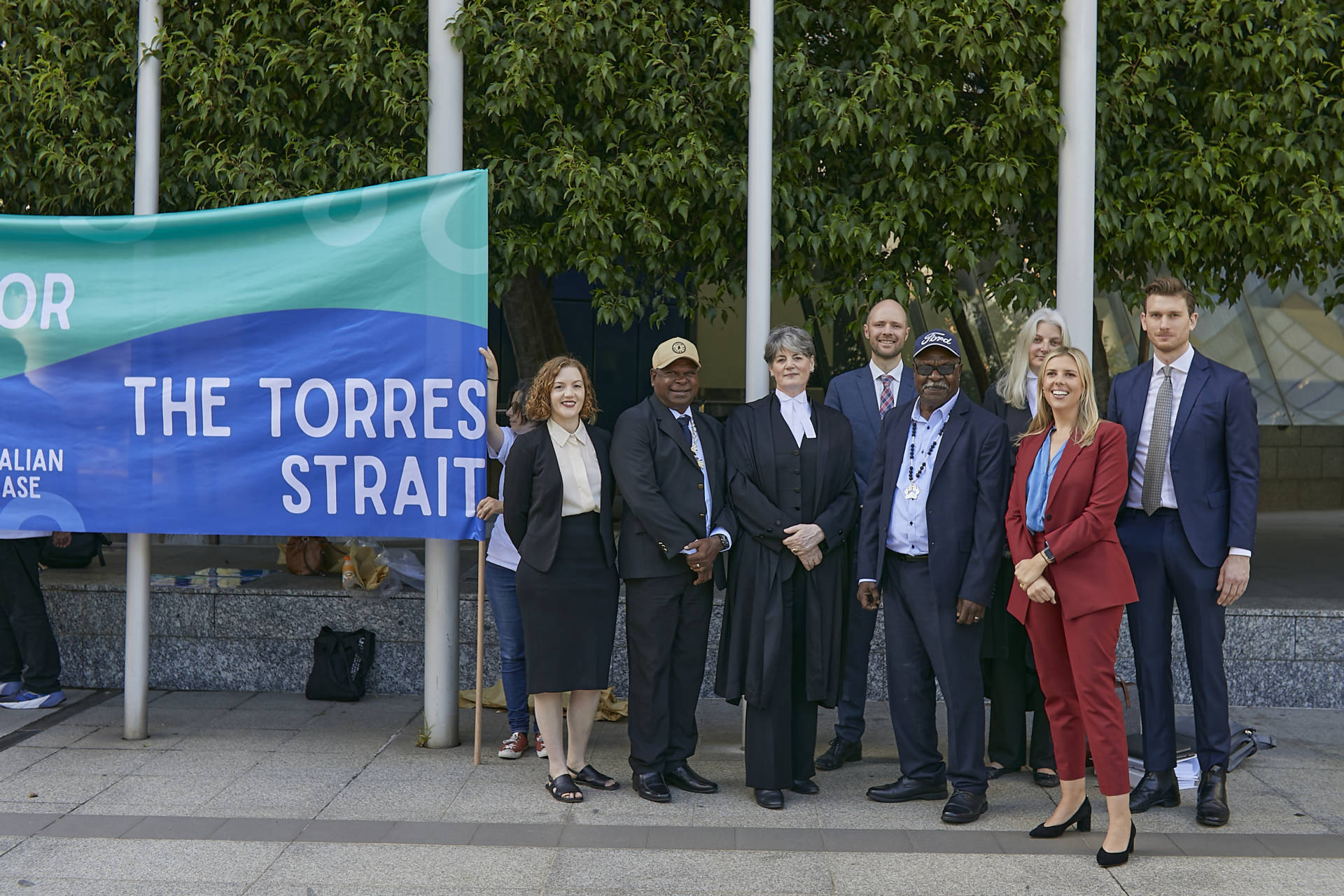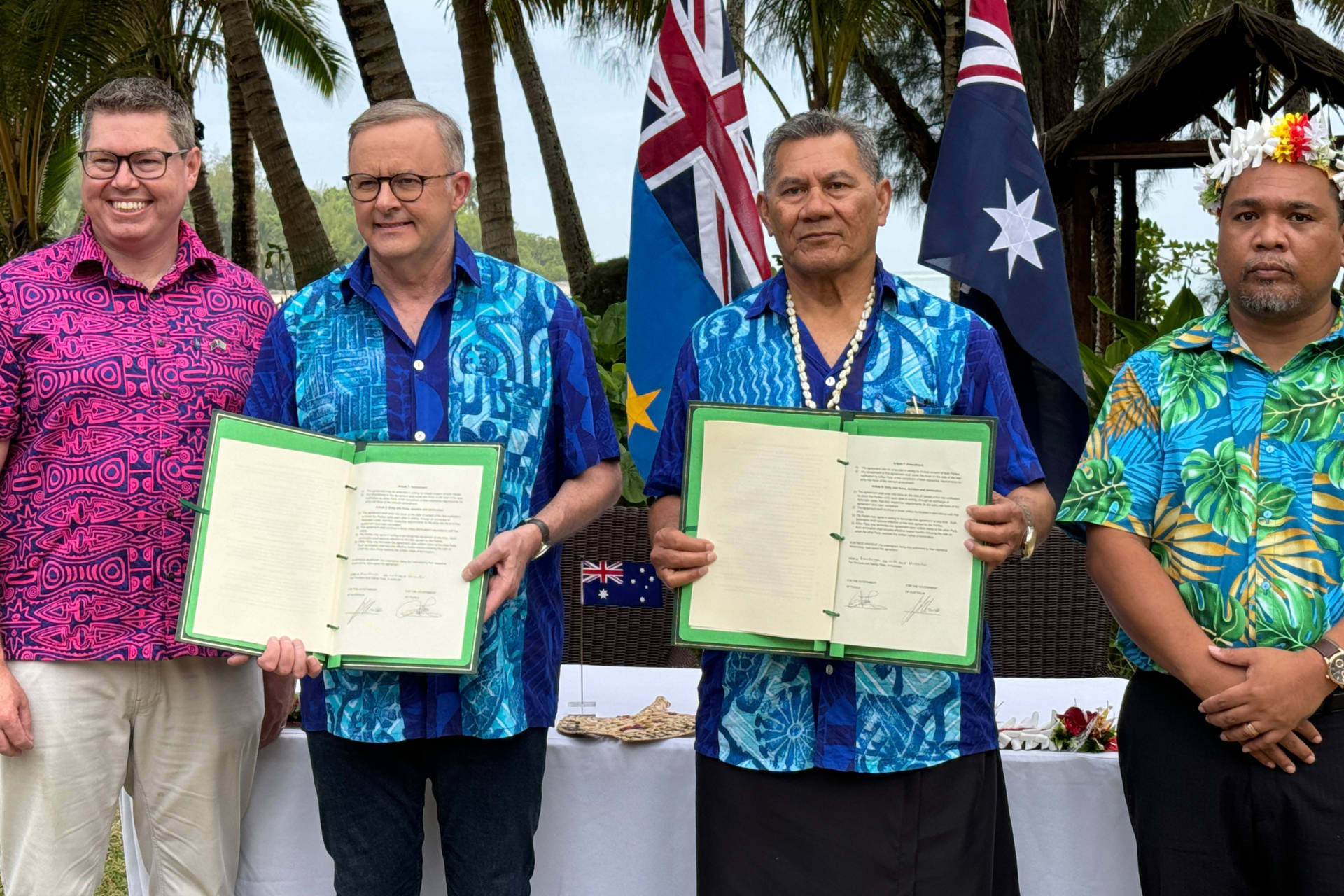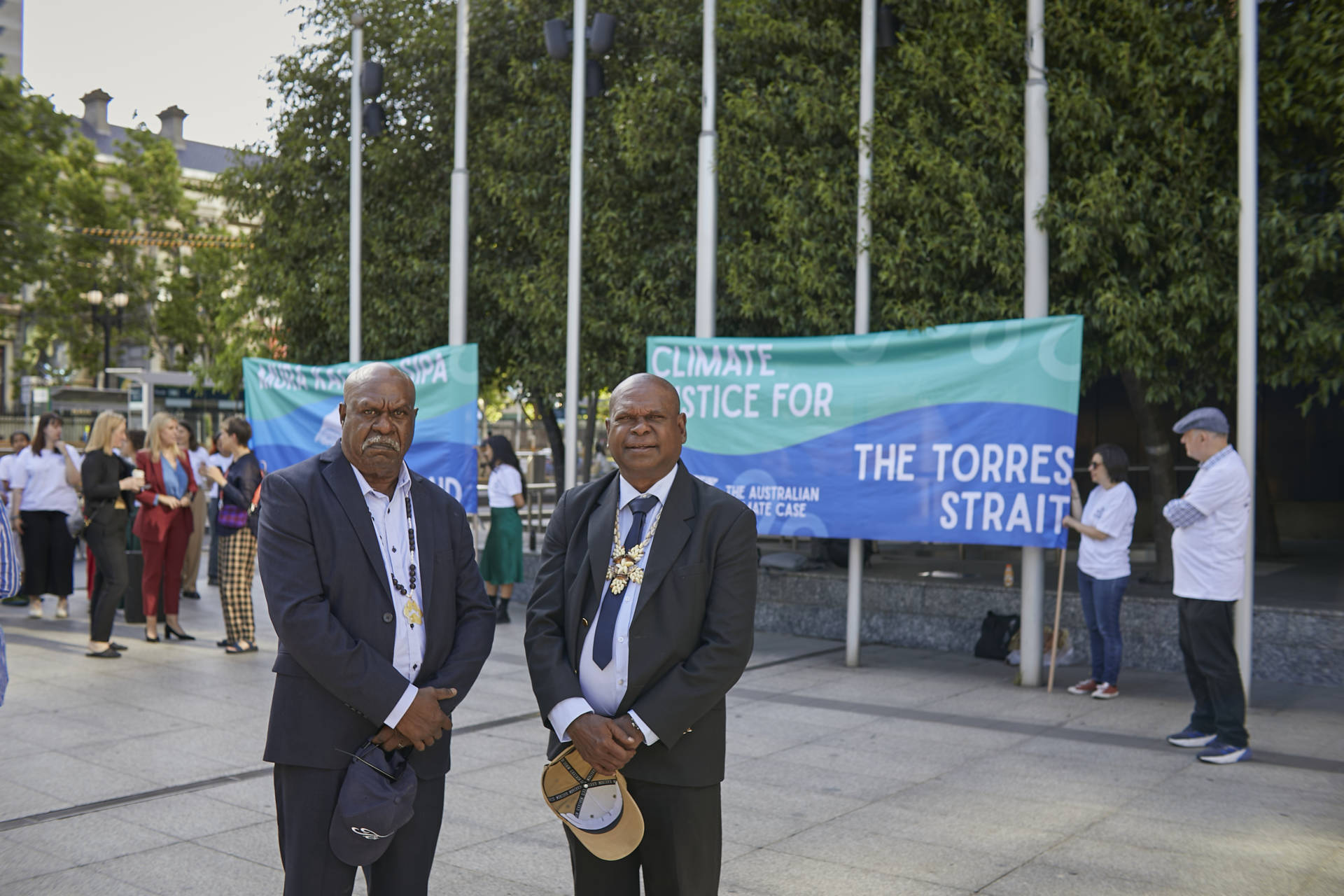An incomplete application from the Commonwealth means that rock art dating back thousands of years won’t be world heritage listed until at least 2025.
Murujuga, The Burrup Peninsula, in northern western Australia is scattered with art with some pieces dating back 40 thousand years.
The area is also facing pollution from mining companies such as Woodside’s Burrup Hub, which has led to acid dust slowly eroding the art.
In August 2018, the Murujuga Aboriginal Corporation and the Western Australia state government signed an agreement to pursue having the rock art World Heritage listed in order to boost tourism and ensure the area is protected for future generations.
Earlier this year those calls were answered by the Federal government when they announced it had nominated the region for the United Nations Educational, Scientific and Cultural Organisation’s (UNESCO) World Heritage list.
If accepted by the orginisation the region would be the second location listed based on it’s Aboriginal cultural significance.
At the time of the nomination Federal Environment Minister Tanya Plibersek told the Sydney Morning Herald the listing would ensure the region’s protection.
“This has very obvious benefits for this landscape and the people who are so connected to the land, for future generations who will grow up strong on this land.”
But a UNESCO spokesperson has told the Australian it’s unlikely the region will be listed anytime soon due to an incomplete application.
In a Press Release from Save Our Songlines, Mardudhunera woman and former chair of the Murujuga Aboriginal Corporation Raelene Cooper, says she feels betrayed.
“We have been trying to secure World Heritage status for Murujuga for decades my community and my Elders have been repeatedly betrayed by government promises over that time.
When native title was extinguished and our sacred ngurra was compulsorily acquired for industry by the WA government, part of the deal we were compelled to sign included the promise that they would secure World Heritage protection for Murujuga.
20 years later we are still waiting.”
She has accused the federal government of siding with the mining companies that are putting the region at risk.
“Above all, this shows that the gas industry lobby still has the WA and Australian governments sewn up to protect their interests over the concerns of traditional custodians.
This latest development just shows why it is so important that government and industry have to listen to us before they build new industry on our ngurra. As things stand, it is the only protection we have.”
Ms Cooper says mining has already changed the region.
There are no animals or bush medicine out on the Burrup any more, all you see now is dust and chaos as these massive projects destroy our sacred sites.
Not to mention that human beings have to live in close proximity to poisonous gas emissions coming from these projects, which are also near primary schools.
The impact of these emissions is not only on our ancient sacred rock art but also on public health and air quality.
The government has deliberately held back World Heritage to allow the gas industry to approve their projects and complete Woodside’s Burrup Hub before world heritage protections are in place.
The Burrup is a building site right now and our sacred sites have been destroyed to make room for a massive fertiliser plant with all its toxic emissions.”
The flimsy regulations that currently require some basic consultation of traditional custodians are under sustained attack by Woodside and the fossil fuel industry.
Without these legal protections, the government will continue delaying protections for Murujuga until Woodside’s Burrup Hub has completely destroyed our sacred rock art, our Songlines, and our ngurra for good.”’
Image Credit Marius Fenger

